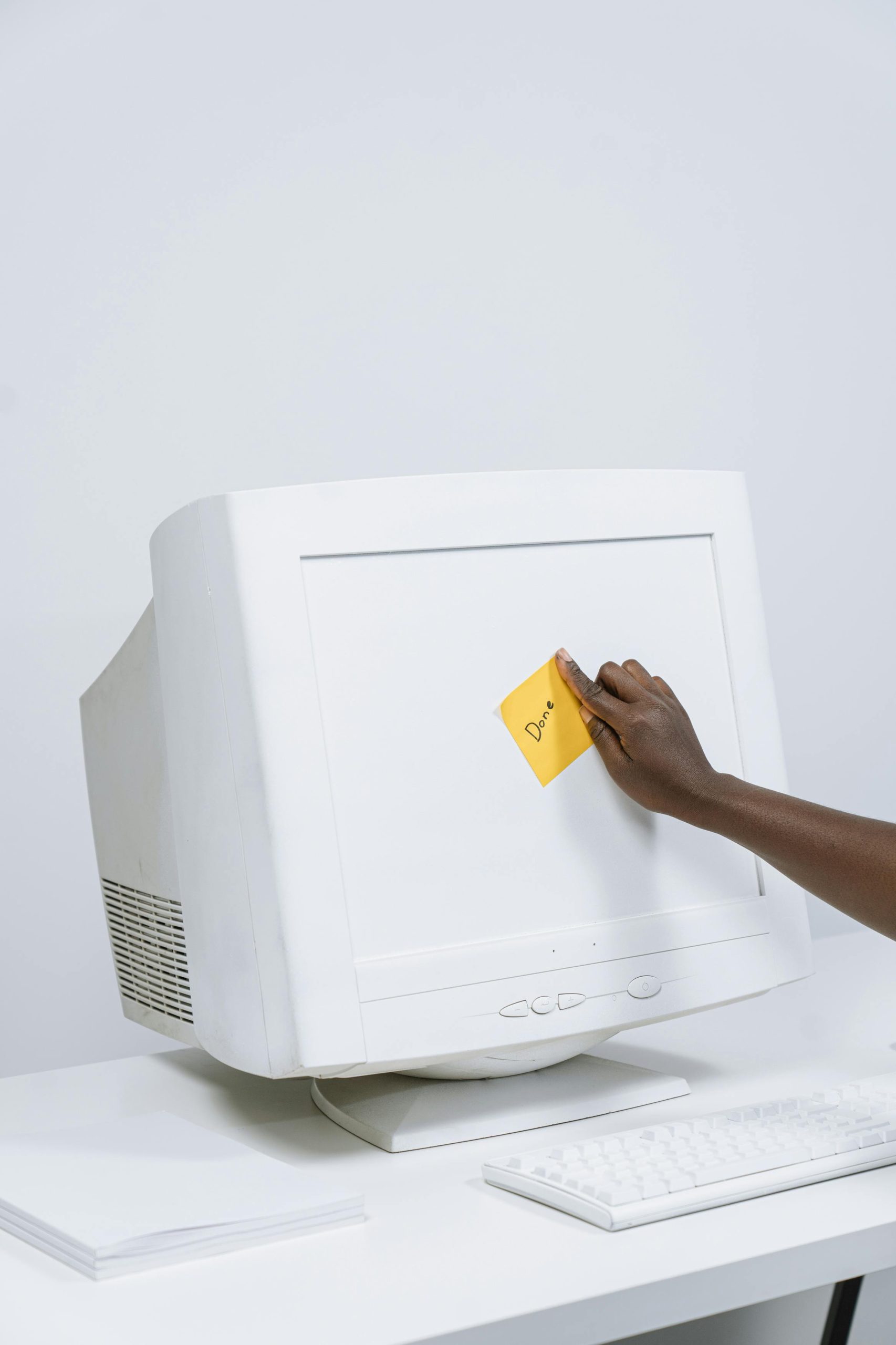Understanding and Troubleshooting the Samsung G9 OLED White Screen of Death
Introduction
The Samsung G9 OLED (LS49CG932SNXZA) is renowned for its immersive display and robust performance. However, users occasionally encounter unexpected issues, such as the infamous “White Screen of Death,” which can be concerning and disruptive. In this article, we will explore a real-world case, discuss potential causes, and outline troubleshooting steps to help you determine whether your monitor can be salvaged or if it requires professional repair.
Case Overview
A user recently experienced a sudden failure of their Samsung G9 OLED monitor. The device was operating normally the night before; however, upon turning it on after a daytime period of inactivity, it displayed an unresponsive white screen. The transition from normal operation to the white screen was abrupt, leaving the user puzzled and seeking solutions. An accompanying video demonstration provides further insight into the issue.
Troubleshooting Efforts
Initially, standard troubleshooting steps were undertaken:
-
Multiple HDMI and DisplayPort cables were tested to rule out connection issues.
-
The monitor was connected to different PCs to eliminate computer hardware problems.
-
Power cycling the monitor was performed to reset any temporary glitches.
Additional observations suggest the problem may be related to a recent software update. Some users report similar issues appearing after an automatic firmware update on their devices, raising the possibility that software corruption or compatibility conflicts might be at play.
Warranty and Support Challenges
The affected user purchased the monitor from Visions Electronics in Canada on November 30, 2024, along with an extended two-year warranty. According to their understanding, the manufacturer’s warranty service is handled directly by Samsung after the first year. Unfortunately, the user has experienced prolonged support interactions—over an hour on the phone without resolution—highlighting common frustrations with customer service.
Local support options were also explored; a visit to the retail store confirmed that, in their assessment, the monitor is likely beyond repair and that warranty procedures would be necessary.
Potential Causes and Next Steps
While hardware failure remains a possibility, the timing of the issue following a software update suggests alternative causes:
-
Firmware corruption or incompatibility following an auto-update.
-
Power supply issues or internal component failure.
-
Connection or input port problems (less likely given multiple tests).
Recommendations for users facing similar issues include:
- Perform a Factory Reset or Firmware Reversion: Check if Samsung offers a method to flash an earlier firmware version to resolve potential firmware bugs. This often entails downloading firmware files to
Share this content:

